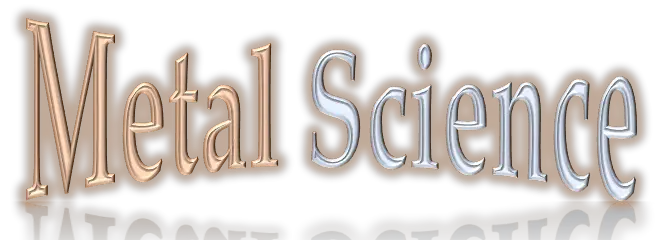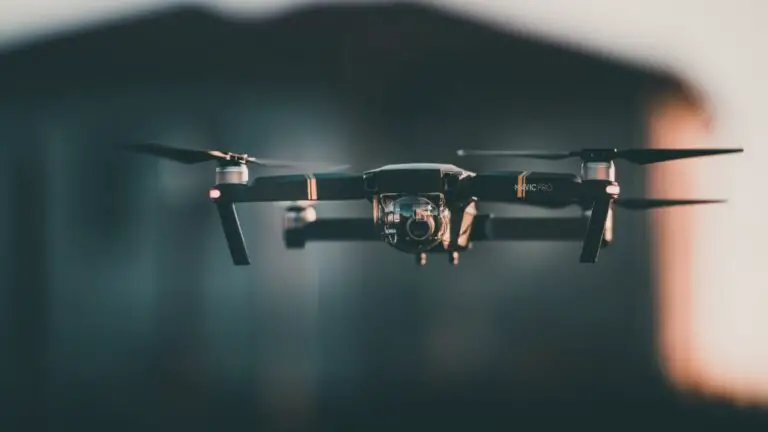Metalizing | What is Metalizing?
Metals are widely used in industry and the design, fabrication, and construction of steel bridges, structural bearings, and expansion joints for the highway, railway, and industrial markets.
What is Metalizing?
Metalizing is a zinc-based spray-on corrosion protection option for structural steel bridges that provides several types of protection.
The spray coating itself provides a strong barrier between the environment and the steel surface, keeping out water that eventually leads to oxidation.
Metalizing is also effective because it relies on an electrochemical reaction between steel and zinc in an Aquarius and salt contaminated environment to drive these zinc-based coatings to sacrifice themselves to protect the steel at the sight of any damage.
This sacrificial protection is akin to the protection provided by zinc-rich primers or galvanizing.
Metalizing and Galvanizing
The metalizing and galvanizing processes are very different. Metalizing forms a mechanically bonded protective layer that does not have any thermal effects on steel components and is best suited for bridge girders.
As a line-of-sight application similar to paint, there are no size and shape limitations, reducing the number of field spices and reducing transportation costs.
Metalizing is a cold process requiring no dry time, and steel can be handled almost immediately, reducing schedule and increasing fabricator throughput.
This process emits no volatile compounds, and excess product can be collected and recycled.
Ultimately, a properly applied thermal spray coating system requires little maintenance, even in the harshest salt-rich environments.
In both applications, molten zinc, aluminum, or equivalent metal is sprayed onto the steel.
Electric arc utilizes a pair of electrically opposed consumable metal wires, typically zinc, that is fed through an application gun atomized and propelled onto the steel substrate by jets of compressed air.
A nozzle directs a stream of high-pressure gas or air onto the arcing point, where it atomizes is the molten metal and carries it to the work piece. Heat atomize the metal into tiny sphere-shaped droplets.
Almost instantly, the liquid metal cools and dries quickly, forming a continuous protective coating on the steel surface.
Before metalizing, blast cleaning roughens the surface, so the zinc gets a better grip.
Coating systems could be sealed with epoxy, polyurethane, acrylic, or equivalent sealer to reduce porosity.
Most global bridge design specification regulations dictate that bolted connections must be slip critical if they are subjected to load reversals, impacts, and vibrations, or if slippage could be prejudicial to the structure.
While its service road levels, the engineer must select a frictional slip coefficient between the layers of a connection to calculate the slip resistance from three general categories in the official bridge design specifications.
Through research conducted in the past, arc sprays rough texture unsealed 99% zinc alloy thermal spray coatings had no problems passing Class B slipped performance requirements per the RCSC specifications.




